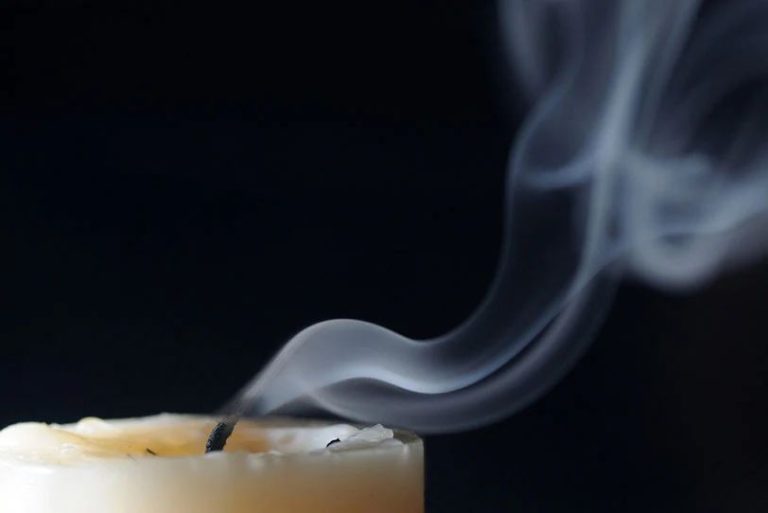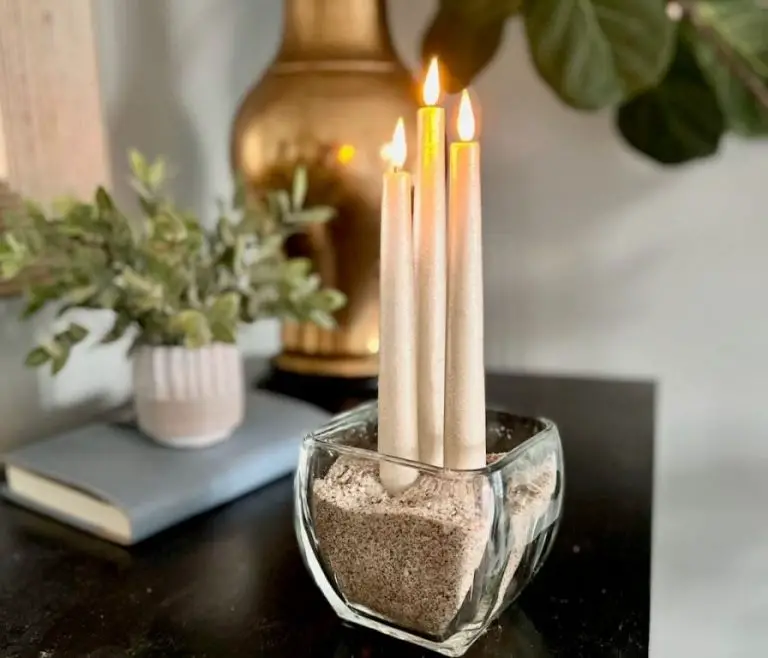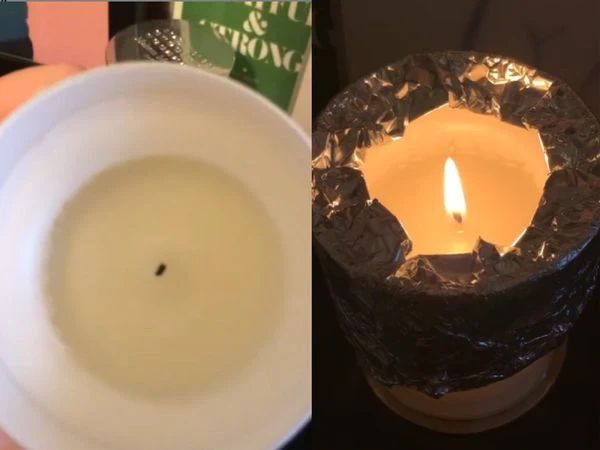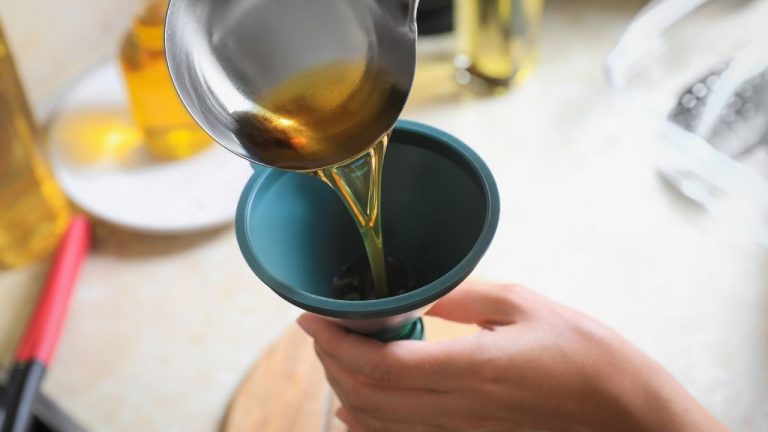How To Get Rid Of Mold On Candles?
What Causes Mold on Candles?
Mold growth on candles is most often caused by exposure to moisture or humidity. Candles stored in damp basements, bathrooms, outdoor patios, or other humid environments can allow mold spores to take hold and multiply.
Mold needs a moist environment to thrive. If water or condensation comes into contact with the candle wax, it can create the ideal conditions for mold. High levels of humidity in the air can also lead to mold growth.
Another culprit is infrequent burning. When candles are burned, the heat helps keep mold at bay. But candles that sit unused for long periods provide a stable surface where mold can gradually accumulate.
Porosity in materials like soy or paraffin wax gives mold spores a place to take hold. And things like cotton wicks can provide fuel for mold growth when exposed to moisture.
Proper storage in a cool, dry place is key to preventing mold. But even still, humidity and dampness in the air can allow mold to develop on candles over time.
Dangers of Moldy Candles
Burning a candle that has mold growth on it can expose you to toxic mold spores and other harmful particles (source). Inhaling these spores and particles can lead to several health issues:
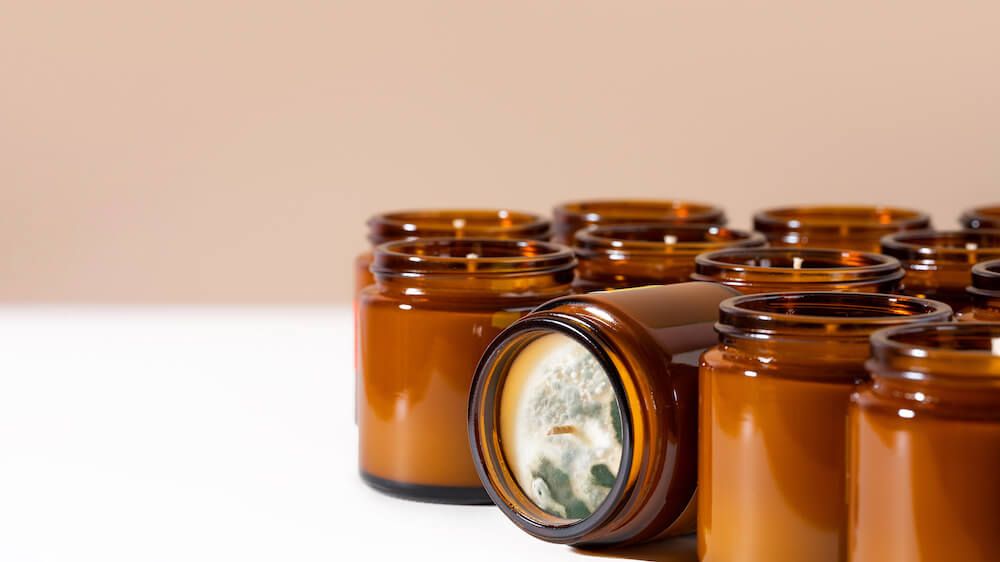
Allergic Reactions: Exposure to mold spores can trigger allergy symptoms like coughing, sneezing, runny nose, irritated eyes, and skin rashes. People with asthma or mold allergies may experience more severe reactions (source).
Respiratory Problems: Mold spores can irritate the lungs and airways, potentially leading to infections, difficulty breathing, wheezing, and worsening of chronic lung diseases. Toxic black mold is especially hazardous if inhaled (source).
Toxic Mold Exposure: Certain molds like Stachybotrys chartarum (black mold) release mycotoxins that can have toxic effects on the body. Exposure has been linked to neurological issues, organ damage, and weakened immune systems (source).
Unsafe to Burn: Moldy candles should never be burned because of the health hazards caused by mold spores released into the air. Inhaling these spores can provoke dangerous allergic and respiratory reactions (source).
How to Check for Mold
Visually inspecting your candles for any signs of mold growth is the first step. According to the National Candle Association (https://www.candles.org/mold-on-candles), look for any white, grey, green, or black fuzzy growths on the candle wax or wick. These are telltale signs of mold. Inspect all surfaces of the candle, including underneath the base. Mold can occur anywhere on the candle where condensation or moisture has accumulated.
Take note if you notice any musty or otherwise unpleasant odors coming from the candle. Molds release spores that can create a distinct smell. Sniff near the wick, as this is often where mold starts. A foul, mildew-like odor is a strong indicator of mold growth according to Cierra Candles (https://www.cierracandles.com/troubleshooting-molded-candles.html).
Removing Surface Mold
If there is only a small amount of mold on the surface of the candle, you may be able to gently wipe it away.
Use a soft, damp cloth or paper towel to lightly scrub the mold off the wax. Avoid using too much pressure, as you don’t want to damage the candle itself. According to eHow, hot water and dish soap can help remove mold from candle molds.
You can also use a diluted vinegar or tea tree oil solution. Mix a 50/50 ratio of white vinegar or tea tree oil with water in a spray bottle. Then, gently mist the moldy areas and wipe clean. The vinegar and tea tree oil have antifungal properties to help kill mold spores.
Repeat as needed until you’ve removed the visible mold from the candle’s surface. Make sure to wipe gently to avoid damaging the wax.
Cleaning Heavy Mold Buildup
If there is a thick layer of black or white mold covering the candle, more intensive cleaning will be required. Start by using a plastic knife or spatula to gently scrape off as much of the mold and wax as possible. Discard the scraped off wax, as it is contaminated.
Next, create a vinegar cleaning solution by mixing equal parts white vinegar and water. Submerge the candle in the mixture and allow it to soak for 1-2 hours. The acidic vinegar will help kill mold spores and loosen wax.[1]
For stubborn mold that remains after soaking, make a paste with baking soda and water. Gently scrub the paste onto the candle using a soft cloth or toothbrush. Rinse thoroughly afterward. The abrasive but non-toxic baking soda paste will lift off stuck-on mold without damaging the candle surface.[1]
Storing to Prevent Mold
To prevent mold growth on candles, it’s important to store them properly in a cool, dry place. Avoid humid areas like bathrooms or basements where mold thrives. According to The Candle Hub, the ideal storage temperature is between 50-80°F.
Keep candles in an airtight container like a sealed box or plastic storage bin. This prevents moisture in the air from getting to the candle surface and causing mold. As Smells Candles suggests, you can use candle lids, wrap in plastic wrap, or bag candles to protect them. Make sure containers are clean and dry before storing candles.
Consider using desiccant packets or dehumidifying products in the storage container to absorb excess moisture. The Candle Hub recommends putting 2-3 silica gel packets in with stored candles. Replace these regularly to keep working. You can also place containers in areas with dehumidifiers to lower ambient humidity.
With proper dry, sealed storage, candles can be kept mold-free for extended periods until you’re ready to burn them. Just be sure to check periodically for any mold growth.
Burning Safely
If you decide to burn a candle that has some mild mold growth, make sure to do it safely. Here are some tips:
- Burn the candle in a well-ventilated area, preferably outdoors. Mold spores can irritate lungs if inhaled, so good airflow is key.
- Only burn the candle for short time periods, such as an hour or less. This prevents mold spores from building up significantly in the air.
- Pay attention to any allergy or respiratory symptoms while burning the candle. Discontinue use if you experience coughing, sneezing, watery eyes, or other irritation.
- Have backup ventilation like open windows or fans in case you do notice irritation. The better the airflow, the less exposure to mold spores.
With proper precautions, mildly moldy candles may be safely burned for short periods. But be ready to extinguish and toss the candle if issues arise.
When to Toss
There comes a point when a moldy candle is too far gone and needs to be discarded. Some signs it’s time to toss out a candle include:
– If mold has penetrated deep into the wax, it can be impossible to fully remove.
– Major mold growth covering large portions of the candle is often too difficult to clean.
– Toxic black mold poses health risks and candles contaminated with it should not be salvaged.1
– Lingering odors after cleaning attempts may indicate remaining mold spores.
It’s not worth risking your health to try and revive a badly moldy candle. When in doubt, it’s safest to discard and replace candles with excessive mold.
Buy Mold Resistant Candles
When shopping for candles, look for ones made with waxes that resist mold growth like beeswax, soy wax, or other vegetable-based waxes. These natural waxes don’t provide the food source that mold needs to grow.
Wooden wicks are also less prone to mold since they don’t retain moisture like cotton wicks. Plus, wood wicks burn cleaner without emitting the black smoke that can dirty candle wax.
Opt for candles scented only with pure essential oils rather than artificial fragrances. Essential oils have natural antifungal properties that help inhibit mold growth.
Citronella oil, in particular, is a great choice for outdoor candles since it repels insects while also resisting mold with its antifungal effects. Look for candles advertised as being mold-resistant, specially formulated or designed for humid environments.
Preventing Mold
The key to preventing mold growth on candles is maintaining proper storage conditions and monitoring your candles regularly. Here are some tips for preventing mold:
Burn candles regularly. The more frequently you burn a candle, the less likely mold is to develop. Make an effort to burn candles all the way down before storing or replacing them.
Store candles properly in a cool, dark place with low humidity. Basements, attics and bathrooms tend to be damp and prone to mold. Keep candles covered in storage to prevent dust buildup.
Use candles up within 1-2 years. Older candles are more likely to develop mold, so don’t let them sit unused for too long. Consider gifting or donating unwanted candles.
Monitor conditions and check regularly for any signs of mold, especially if storing in a humid environment. If you spot mold early, it’s easier to clean.
Choosing candles made with natural materials like soy, beeswax or wood wicks can also help prevent mold. Avoid loading too many fragrances in a candle, as excess oils can cause mold over time.
With proper care and storage, it’s possible to keep candles mold-free. But if you do see mold, act quickly to clean or discard the candle.


